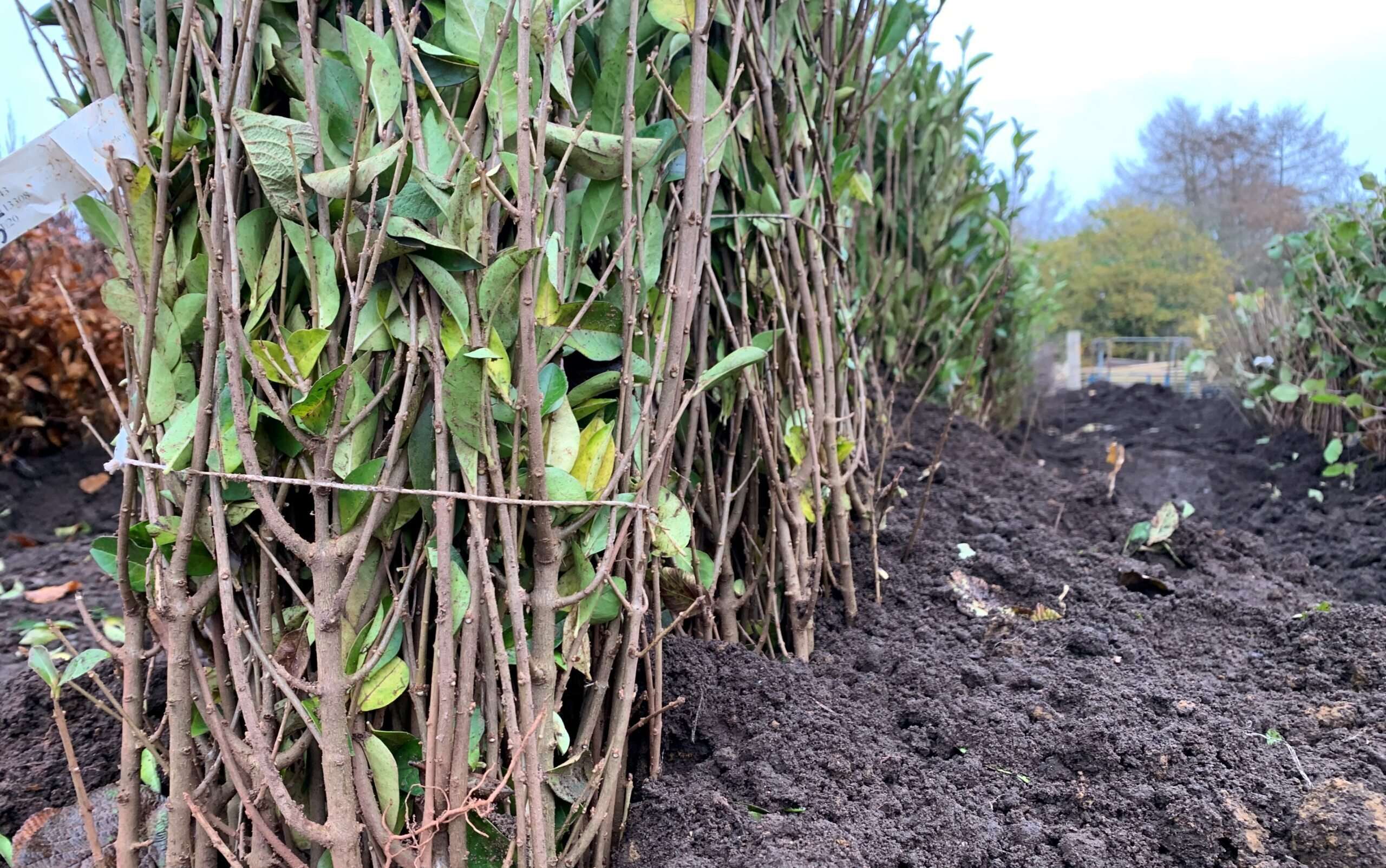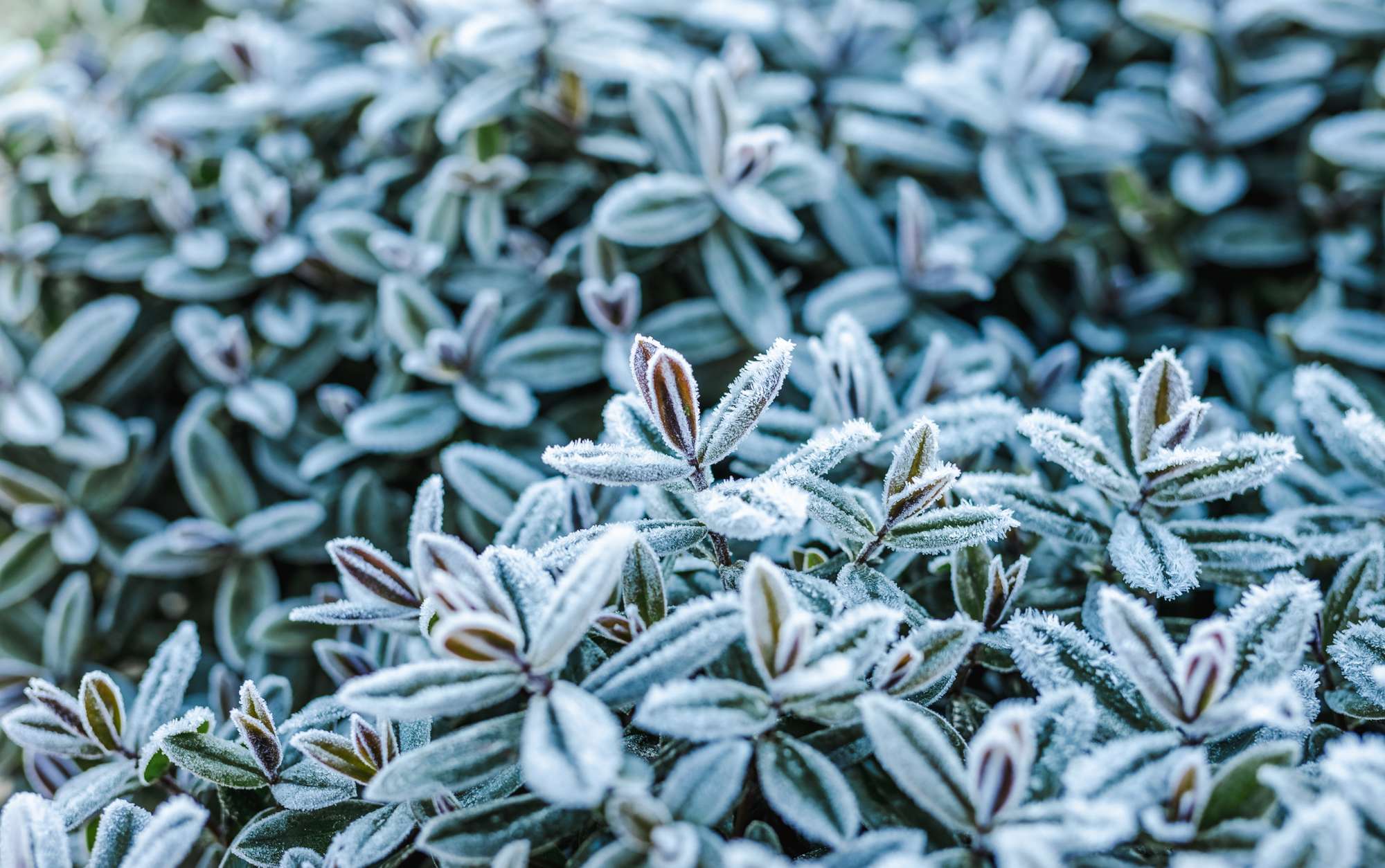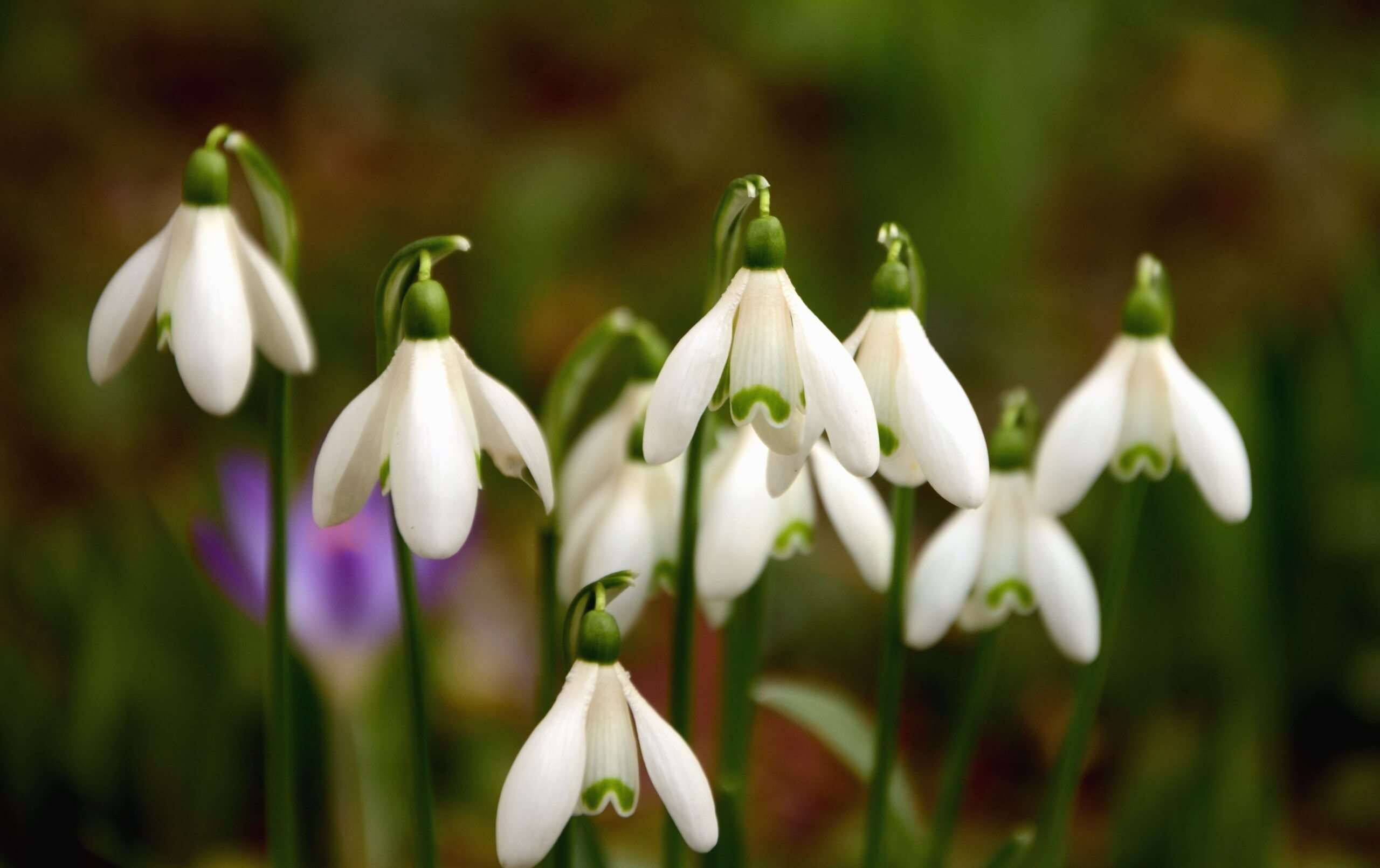February Gardening Tips
February is a month of anticipation, spring is on the doorstep and green shoots are already starting to show. Daffodils are raising their heads and early flowering shrubs, such as daphnes, are starting to bloom. Unfortunately, the winter weather is very much still apparent, making it frustrating to not be able to get out into the garden as much as we would like. However, when we do get glimpses of weather reminiscent of spring, we can get a few jobs done to keep us going until March.
- Put up bird boxes and feeders – One way to bring some cheer into the garden during winter is to encourage birds to visit. They will be looking for homes ready for spring and will need some time to get used to any new boxes before they choose to settle in, so now is a good time to put them up. Keep your bird feeders well stocked as food can be scarce at this time of year. Nicholsons at The Park have a range of bird boxes and feeders for you to browse.
- Check your tools and machines – Nothing can be more frustrating than going to the shed ready to get gardening in the spring, only to find your tools and machinery are broken. Therefore, February is a good month to get any machinery, such as mowers, serviced and repaired. Check, clean and oil your tools and replace anything that cannot be repaired.
- Prune late flowering shrubs – Shrubs such as Buddleja davidii and hardy fuchsias can be pruned this month. These shrubs flower best on growth made since the spring. Cut them back to a stubby framework, leaving one or two buds or shoots on each stem. Once done, give a feed of organic fertiliser and mulch with compost or well rotted farmyard manure.
- Pot up dahlia tubers – If you have had tubers stored during the winter, pot them up either singly or several can be put in a large tray. Place the tubers in good light and spray them occasionally with water to encourage the buds to grow. When the shoots grow, these can be used to make good cuttings, which is useful if you want more of your favourite variety.
- Plant and divide snowdrops – Do this after flowering but while the foliage is still green. If you don’t have snowdrops in your garden but intend to buy some, buy them in what is known as ‘in the green’, which is when they are in foliage form. They tend to grow less well when they are planted as dry bulbs in autumn. If you already have plenty of clumps in your garden, you can divide them and spread them around to new areas. Work in some compost or leaf mould before planting and lift them carefully with a garden fork after flowering. Replant at the same depth that they were before and water in if the soil is dry.
- Top dress pot grown shrubs – Shrubs that have been growing in pots for many years will benefit from top dressing with fresh compost each year. Scrape away as much of the old compost as you can, at least 2.5cm, then add some fresh potting compost and a slow release fertiliser. This will feed the plants over a period of many months and you won’t have to feed them every week or month as a result.
- Dig out lawn weeds – If you are lucky enough to only have a few weeds in your lawn, then you’ll be able to remove them individually. Weeds with fibrous root systems, such as daisies, are easy to deal with but dandelions, which have tap roots, are a bit more work. Use a hand fork and make sure you remove all of the root otherwise it will grow back. If you have a large lawn or a lot of weeds, then use a selective lawn weed killer either in spray form or granular and apply in the spring.
- Sow seeds under cloches – Towards the end of the month, you can sow seeds for lettuce, radish, salad onions, peas, broad beans, beetroot, summer cabbage and spinach. To sow the seeds, rake the soil to a fine tilth, then make shallow drills to the depth required. Space the drills out as directed on the seed packet. A little tip – water along the drills first before sowing, then sow the seeds as thinly as possible and cover carefully with soil. Firm down with your hand and the job is done! Cover with a cloche and wait for the seeds to germinate. When the seedlings are large enough to handle, thin them out.
- Feed and mulch fruit trees – Sprinkle some sulphate of potash around fruit trees to encourage a good quality crop. Spread it below the trees or bushes in an area equal to the spread of the branches. Follow the manufacturers instructions in terms of the quantity used. After feeding fruit trees, mulch them with well rotted manure or garden compost to keep weeds down and retain moisture, meaning less watering is needed in the warm summer months.
- Summer fruiting raspberry canes – If the canes have grown taller than their support frame, then the tips of the canes can be pruned back to one or two buds from the top wire. Alternatively, they can be arched over and tied down to the top wire. Both options encourage the formations of side shoots along the length of the cane which means you will be rewarded with a heavier crop.
Happy gardening!
If you have any further questions or would like some assistance with your garden, then visit our Nicholsons Garden Maintenance page.




